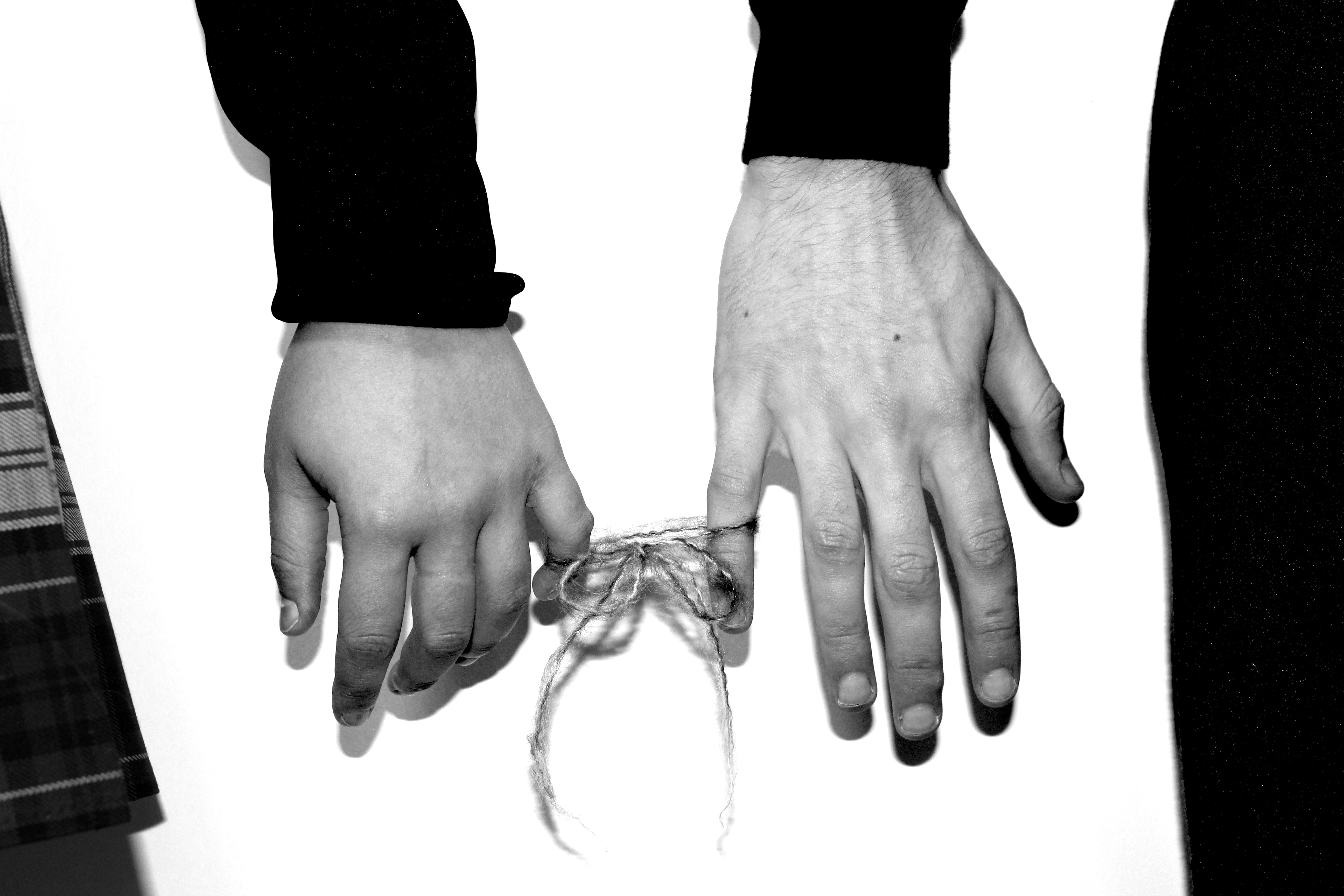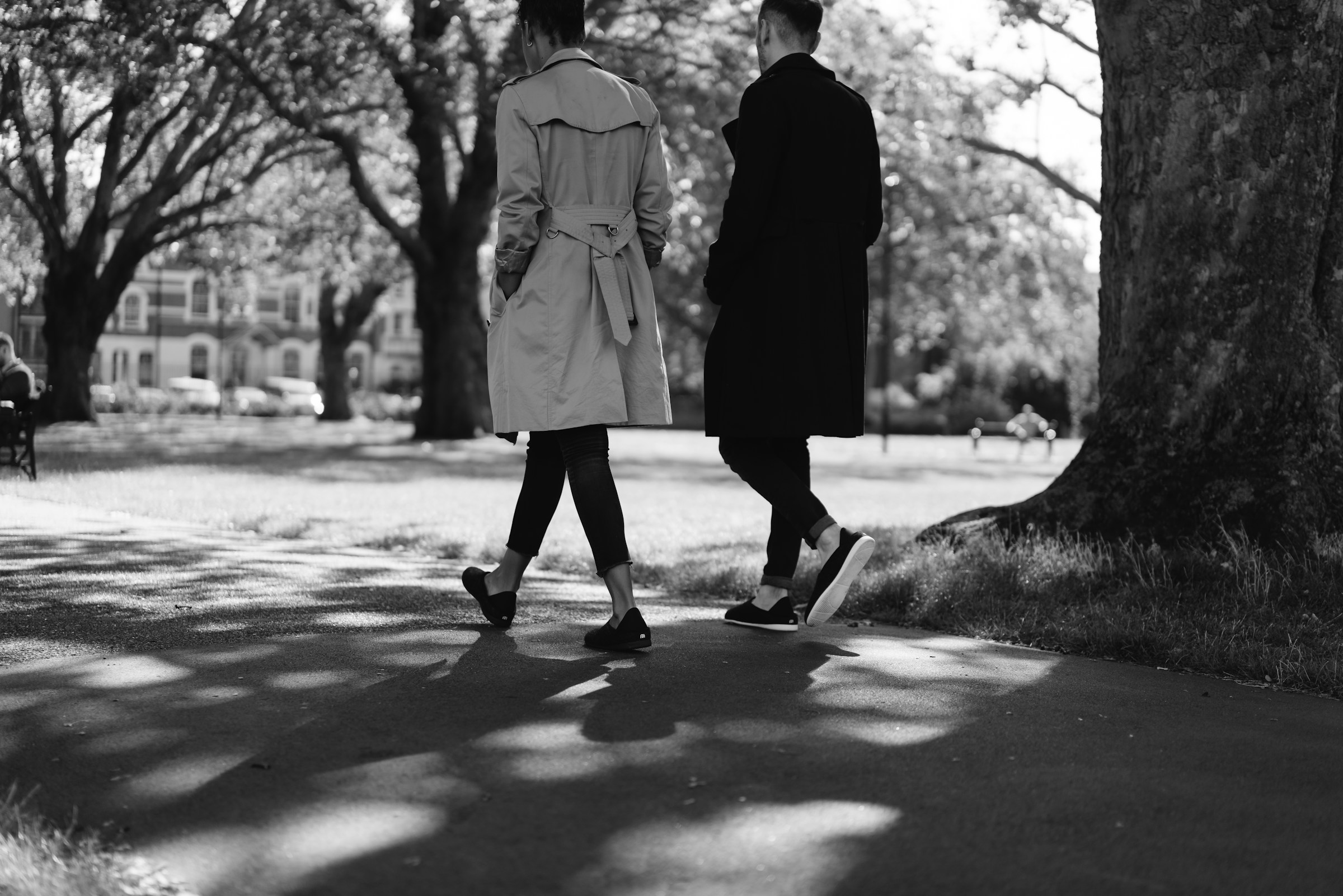What’s the Difference Between Dating and Being in a Relationship?

It’s easy to feel confused about where you stand with someone. If you’re currently existing somewhere in the ether of love, you may be asking: What’s the difference between dating and being in a relationship?
What does “dating” mean?
Let’s begin by exploring what sets these two stages apart—and what signs to look for when things are shifting from casual to committed.
Dating is the stage where two people are getting to know each other with romantic and/or sexual intention. It’s typically casual, exploratory, and often non-exclusive in the beginning. People date to see if there’s potential for a deeper connection—physically, emotionally, and mentally. After the first few dates, it almost always includes some physical affection; this can be anything from holding hands, to kissing, and full intimacy. If dating doesn’t involve any tactile elements at all (perhaps for religious reasons), it would usually be described as “courting” and may include a chaperone, and may have been arranged by a matchmaker.

Key characteristics of dating
Here are some of the telltale signs you’re dating.
- You’re figuring out if you’re compatible long-term
- You might not be exclusive or have discussed the future
- You’re learning about each other’s hobbies, values, quirks, and communication styles
- There’s a sense of excitement, novelty and potential, and plenty of flirting
- You may not feel entitled to know the other person’s whereabouts, plans, or feelings
Dating can be short-term or long-term. Sometimes people date for fun, companionship, or to see what’s out there, not necessarily for a serious relationship.
What is a “relationship”?
Being in a relationship implies a deeper, more committed connection. It means you've both decided to be exclusive (or if you’re polyamorous), have set your boundaries and expectations). You are emotionally invested and see each other as partners. You're building trust, planning a future and sharing more of your personal lives.
Key characteristics of a relationship
Here are some of the clues you’re in a relationship, starting with the most important one of all.
- You’ve verbally agreed that you’re in a relationship and have defined what that looks like for you
- There’s vulnerability, trust, and support
- You talk about the future, whether that’s travelling together, living together, or even marriage and family
- You rely on each other for some emotional, practical, or even financial support
- You likely refer to each other as boyfriend/girlfriend, partner, or significant other
Relationships are built on a foundation of shared values, clear communication, and a mutual decision to grow together. While dating can feel like a trial run, a relationship marks the start of a committed journey.

The transition from dating to a relationship
The shift from dating to being in a relationship isn’t always dramatic — it often happens gradually. However, certain moments help define that transition.
Here are some of the signs you’re moving from dating to relationship territory.
- You’re introducing each other to friends or family
- You prioritise each other when making plans
- You check in with each other on a daily basis
If you’re wondering where you stand, the best way to find out is to ask. Clear communication might feel vulnerable, but it saves confusion and hurt in the long run. Blurry boundaries can lead to mismatched expectations. One person might think you're in a committed relationship, while the other believes you're casually dating. That gap can cause misunderstandings, jealousy, or heartbreak.
Reasons to DTR (define the relationship)
So what does it matter? Even if you’re not into labels and definitions, it can be really useful to have these chats. Here are some of the reasons to DTR.
- It helps you protect your emotional well-being (wondering and assuming can be mentally stressful)
- It fosters healthier communication between the two of you
- It prevents assumptions (we may think we have the same values and boundaries, but in reality, there can be a lot of variance in these matters)
- It encourages honesty about intentions, which prevents time-wasting and disappointment
Honesty in dating and relationships
Knowing whether you’re dating or in a relationship allows both people to be on the same page and either deepen the connection or move on with respect. So if you want to avoid awkward “what are we?” moments, this is for you. While dating is about discovery, a relationship is about commitment and connection. Neither stage is better than the other—it all comes down to what you want, what your partner wants, and whether you're aligned. The most important part is honesty — with yourself and with the other person.
Related Questions
What is the difference between old fashioned dating and modern dating?
Old-fashioned dating typically involves very clear intentions, formal courtship, and slower-paced romance — think phone calls, planned dates, and getting to know each other in person over time, with a focus on moving toward commitment. Modern dating is more casual and fast-paced, often starting online or via apps. It includes texting, social media, and a broader focus on personal freedom and exploration. Both styles have pros and cons, depending on what you're looking for.
How long should you date before becoming official?
There’s no set timeline—it depends on the individuals and how the relationship develops. Some people become exclusive after a few weeks, while others might take months. The key is open, honest conversations about expectations and intentions.
How do I find my soulmate?
Finding your soulmate starts with knowing yourself—your values, needs, and what truly makes you feel loved. Focus on building a life you enjoy and create opportunities to new people. Be clear about your intentions when dating, and look for emotional connection, trust, and shared values over surface-level chemistry. Stay patient, trust your instincts, and don’t settle for less than genuine compatibility. Often, soulmates appear when you’re being your most authentic self.